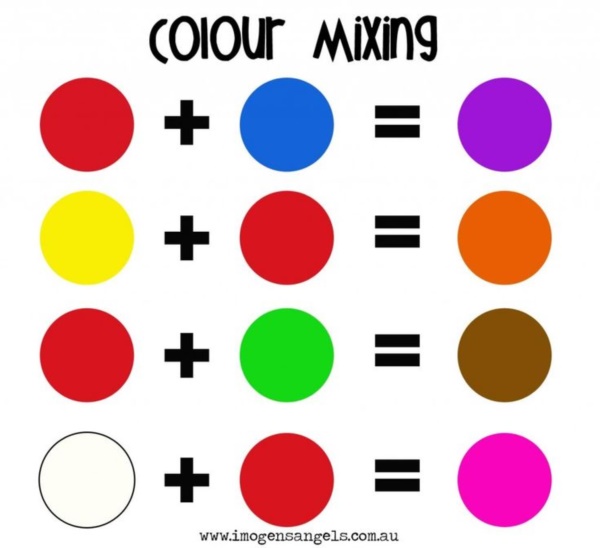
40 Practically Useful Color Mixing Charts Bored Art
Creating a color mixing chart is a way for artists to study how colors interact with one another. They can be used by those who work paint with watercolor, acrylic, oil paints and any other medium you can mix colors with. It is an excellent way to learn more about color. While also creating a color mixing guide for you to refer to later.

How to Use Color, Pattern, & Texture in Home Decorating
My free color mixing chart contains 29 color mixing recipes for mixing the most common colors used in painting. You can download it by subscribing to my email newsletter. Once the signup is complete, you will receive a welcome email that contains a link to the PDF. The color mixing chart is also part of my color mixing course, see below.

My colour mixing chart. Mistura de cores de tintas, Cores de tinta, Paleta de cores de pele
Color Mixing Chart and Keeping Notes.. Some include tubes of mixed colors for secondary colors and tertiary colors, while others prefer to mix their own. Warm and Cool Primary Colors. The most common color palette is having a warm and cool of each of the primary colors, red, blue, and yellow, plus white paint..
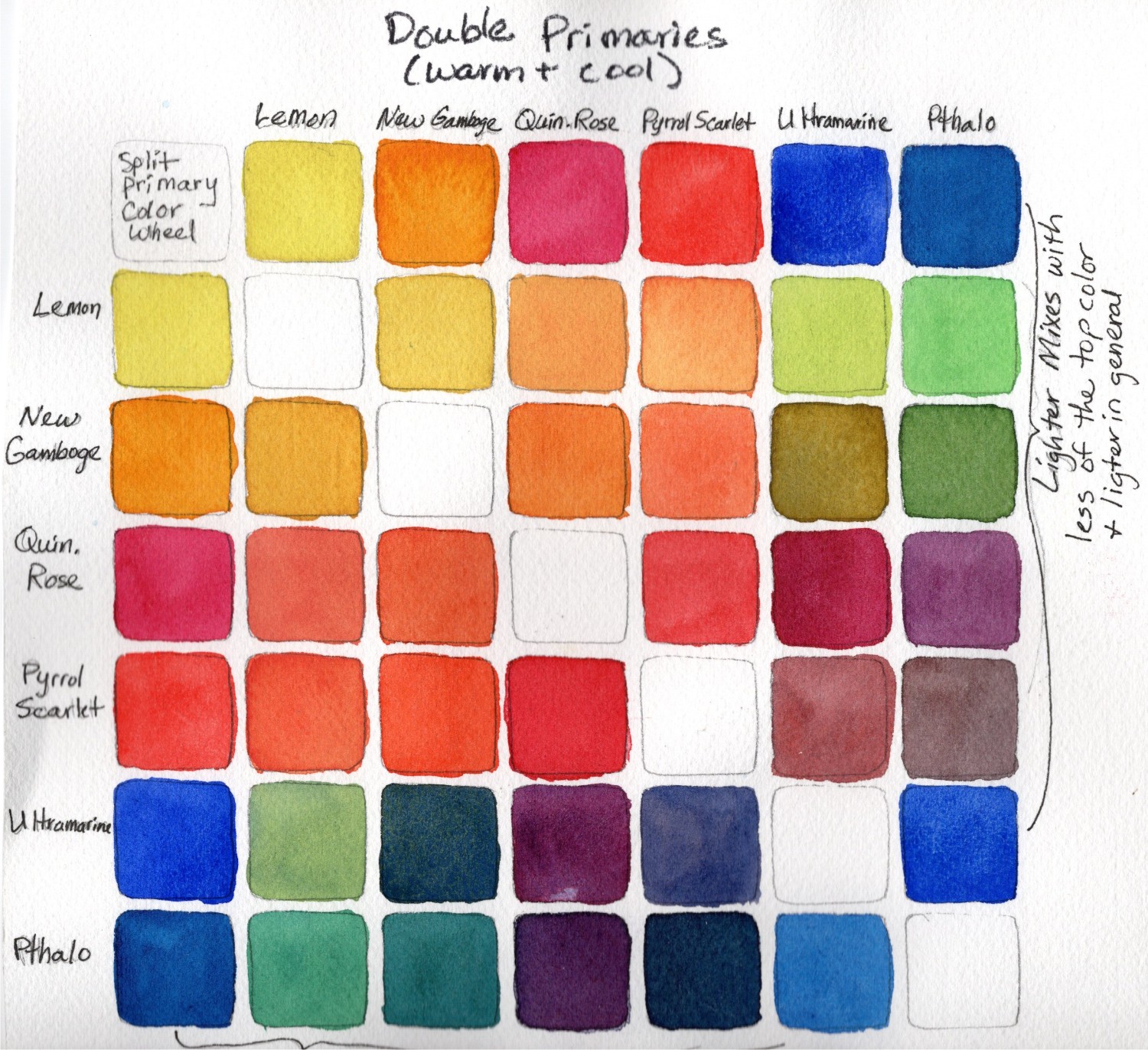
How to Mix Vibrant Colors in Watercolor by Lorraine Watry — Lorraine Watry Studio
Step 1: Start with primary colors. Start simply: On your work surface, place a dab each of the pure primary colors (yellow, red and blue). Step 2: Create secondary colors. This step is broken down to three parts to show all of the ways which primary colors can be combined to form the secondary colors. In each part, you'll create a 50-50 mixture

uniquecozytreasures A LESSON IN COLOR MIXING PART 2
Table of Contents. 1 Why You Should Get Involved in Mixing Your Own Colors; 2 Getting to Know the Basics of Color Theory. 2.1 The Three Primary Colors: The Building Blocks of Your Artistry; 2.2 Secondary Colors: The Next Step Up; 2.3 Tertiary Colors: Time to Show Off; 3 The Color Wheel: A Helpful Color Chart. 3.1 Complementary Colors; 3.2 Analogous Colors; 3.3 Triadic Colors

Pin by Marleen Meintjes on art ColourCharts in 2022 Color mixing chart acrylic, Color mixing
Once your child is familiar with their colors, you can show them how to create colors by simply combining the three primary colors - red, blue and yellow. Here are a few simple tips, charts and worksheets you can use with your child to introduce the concept of mixing colors. Color Mixing Charts

Color mixing chart, Paint color chart, Mixing paint colors
The first and last square will show the colors you're going to mix. The third square will show the result of mixing equal amounts of each color. The 2nd rectangle will show a mixture of 75% of the first color and 25% of the color in the 5th rectangle. The 4th rectangle will show a mixture of 75% of the last color and 25% of the first color.
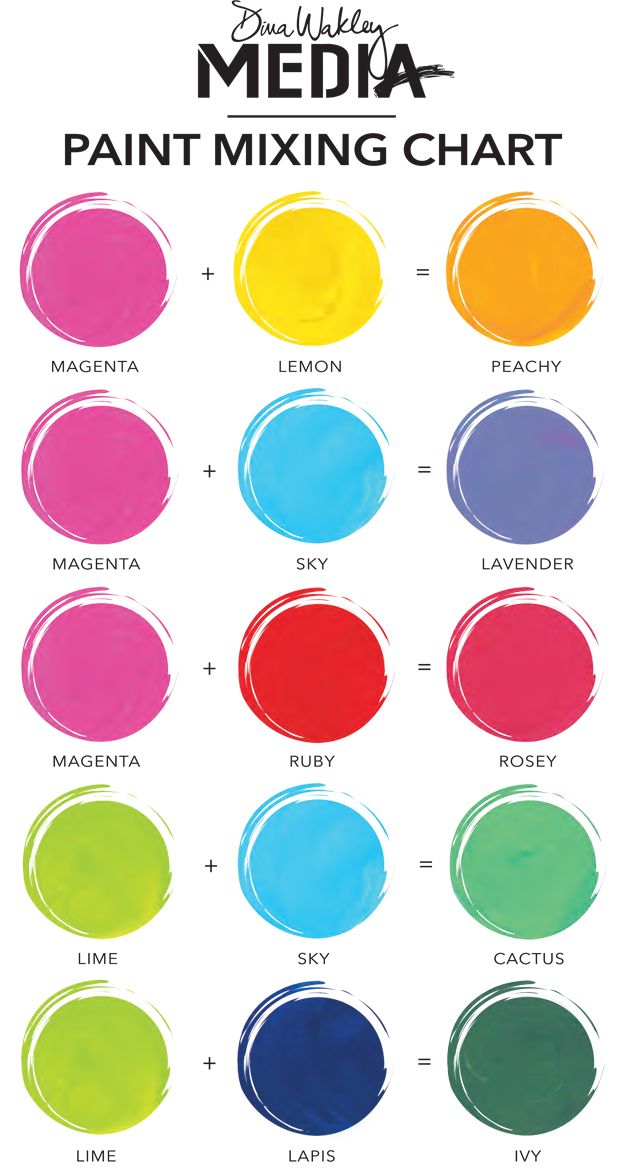
Mixed colours clipart 20 free Cliparts Download images on Clipground 2023
For example, you may already know the three primary colors: blue, yellow, and red. But are you familiar with the secondary and tertiary colors and how to make them? Primary colors Let's start from the beginning with a simple recap. You can't make a primary color by mixing other colors.
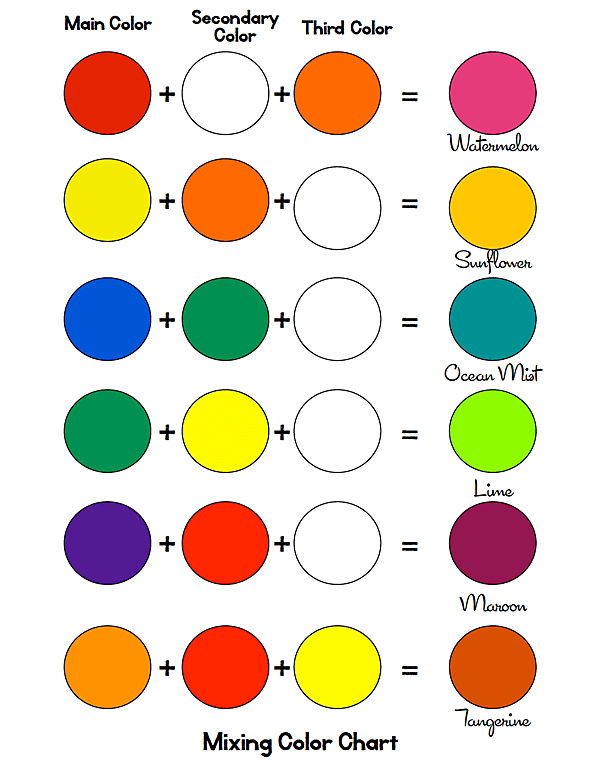
free color mixing guide Video Search Engine at
Primary, secondary and tertiary colors. There are 12 main colors on the color wheel. In the RGB color wheel, these hues are red, orange, yellow, chartreuse green, green, spring green, cyan, azure, blue, violet, magenta and rose. The color wheel can be divided into primary, secondary and tertiary colors.

Patina Color Mixing Chart by Vintaj® Issuu
Primary Colors Red, blue, and yellow make up the three primary colors. Using combinations of these colors can result in a massive range of additional colors. You also need primary colors as you cannot mix them yourself. While this is pretty straightforward, there are many different shades of each primary color available.
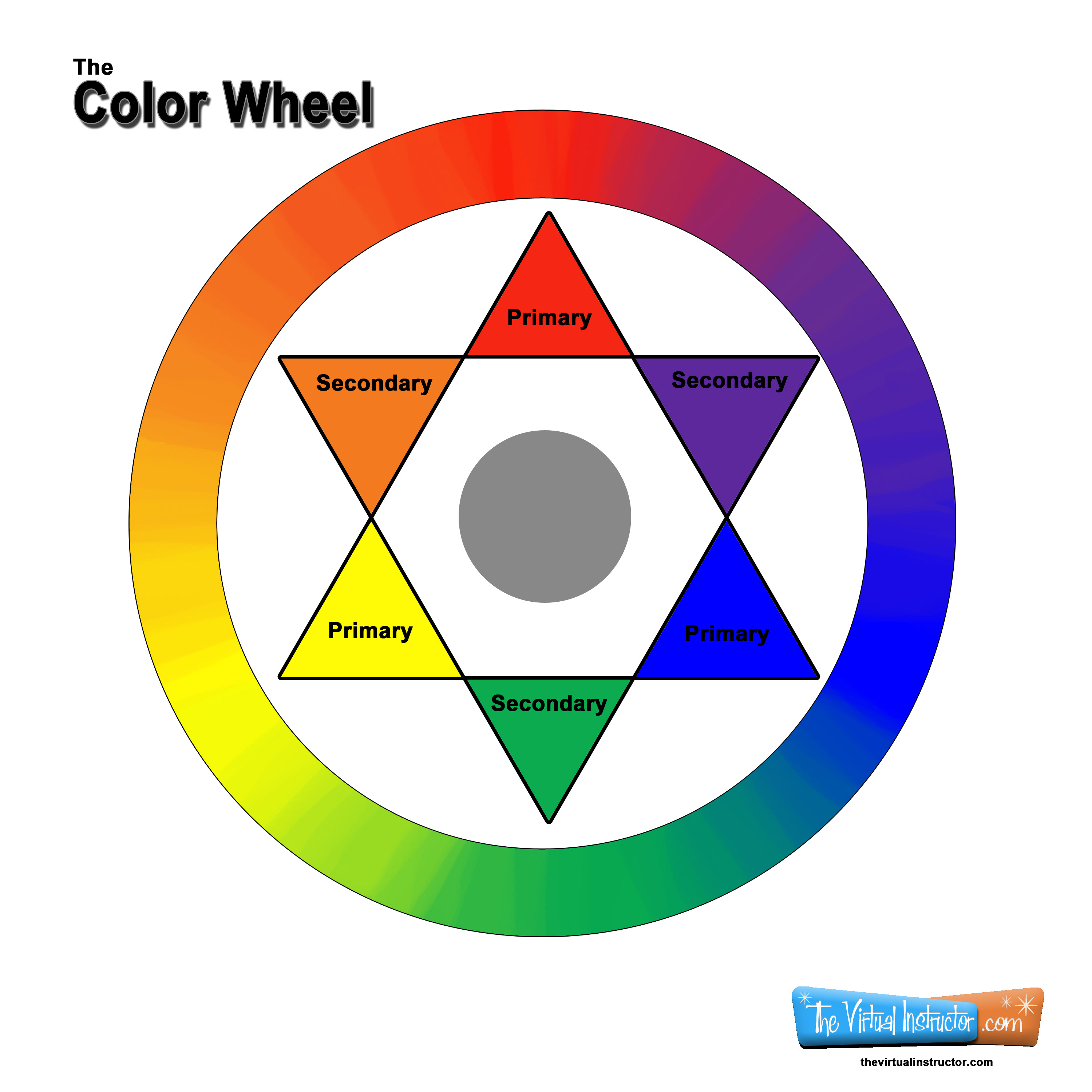
Color Wheel Chart for Teachers and Students
Using the primary colors, children can make secondary and tertiary colors. You can download and take a printout of a color mixing chart for kids. They can refer to the chart and start discovering colors which is really a fun activity for children.
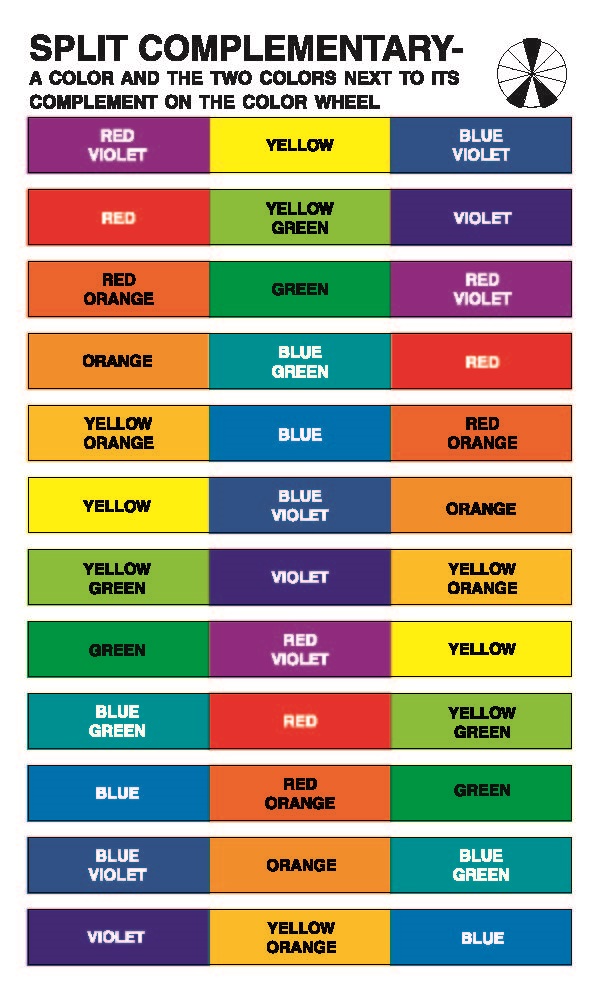
40 Practically Useful Color Mixing Charts Bored Art
At the very core of this are primary hues. In school, you may have learned about this basic color group comprised of blue, red, and yellow. These serve as the foundation for the creation of all other hues. The secondary group, on the other hand, is formed by combining two primary hues.

Color mixing scheme for kids Primary and secondary colors 2616315 Vector Art at Vecteezy
Understanding the Color Wheel The art color wheel is an essential tool to becoming a painting master. Mastering color in painting is often a matter of combining a willingness to experiment with mixing colors as well as understanding the color wheel and color theory. Most artists develop their own color mixing chart—or several—and work on recognizing color relationships (primary, secondary.

Mixing Colors guruparents ABA PHOTOS Pinterest Kindergarten, Kindergarten colors and
Red + Blue = Purple Blue + Yellow = Green Red + Yellow = Orange For example, mixing together red and blue paint will result in purple paint. This demonstrates how secondaries derive from two primary colors. The secondary colors sit between the primary colors on the color wheel. They are made up of equal parts of the adjoining primaries.

Pin by Vivi on Preschool & Kindergarten worksheets Color mixing chart, Color mixing chart
Each of them has a value between 0 and 255. This means that there are 16,777,216 different colors. Here's how it works: 256 possible red shades, 256 possible green shades, and 256 possible blue shades = 256 x 256 x 256 = 16,777,216 colors. Let's find out more about color mixing combinations.
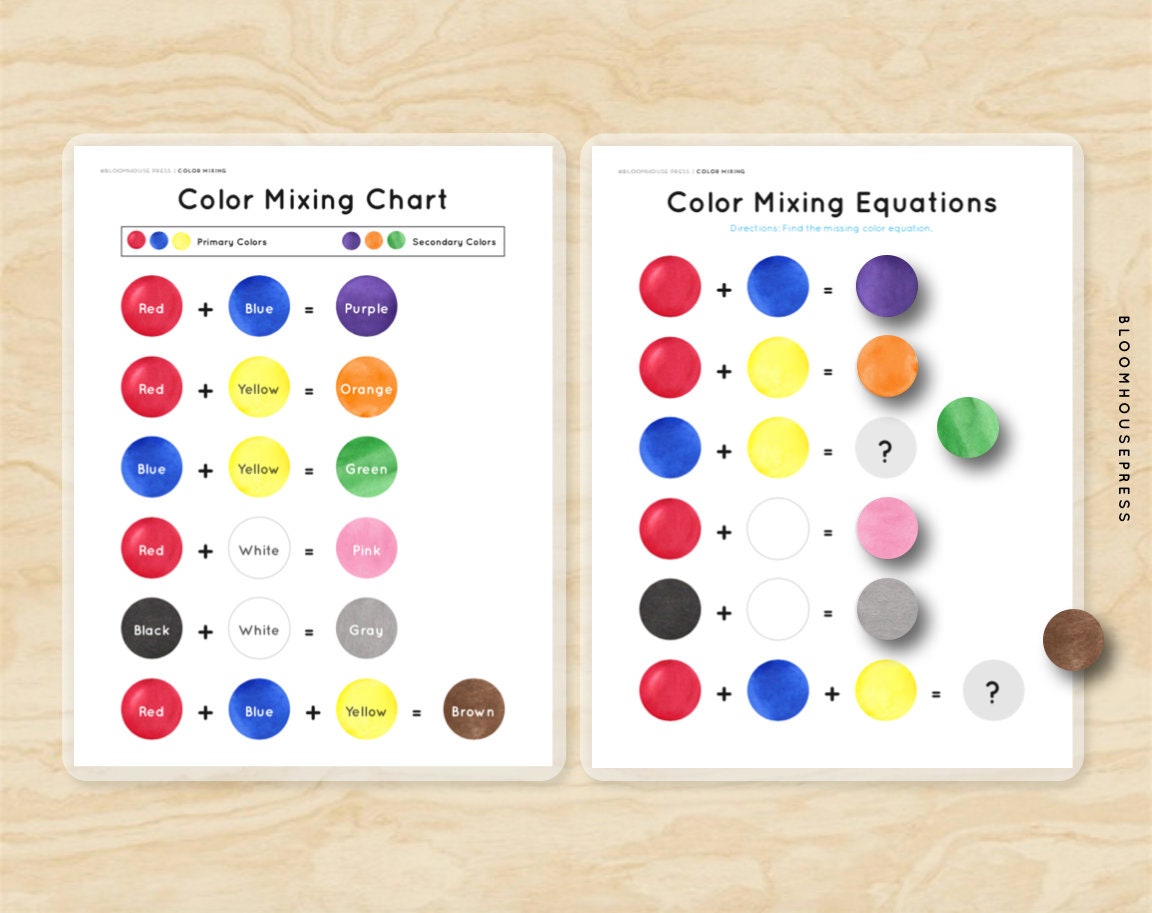
Primary Color Mixing Chart ubicaciondepersonas.cdmx.gob.mx
3 Experimentation is key 4 Our favorite combos Monochrome Complementary Analogous Split Triadic Tetradic 5 Want to Learn More? A color wheel consisting of primary, secondary, and tertiary colors All colors come from some combination of primary colors. The three primary colors are red, blue, and yellow.